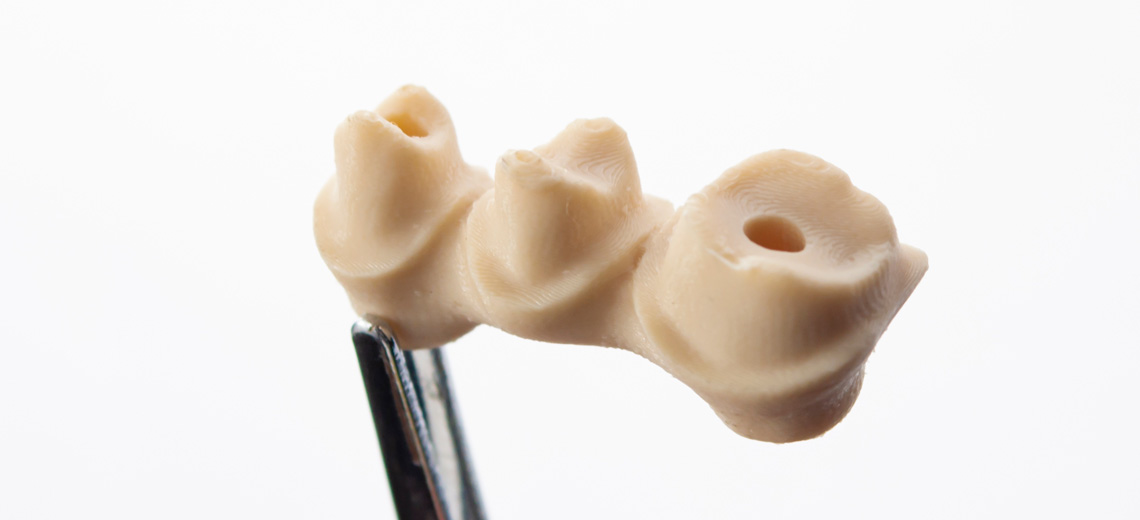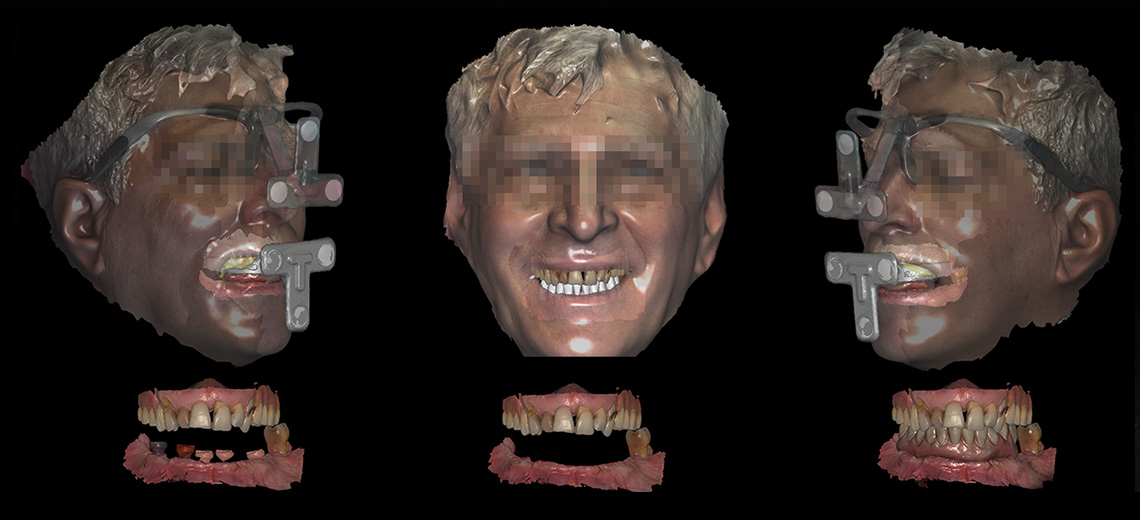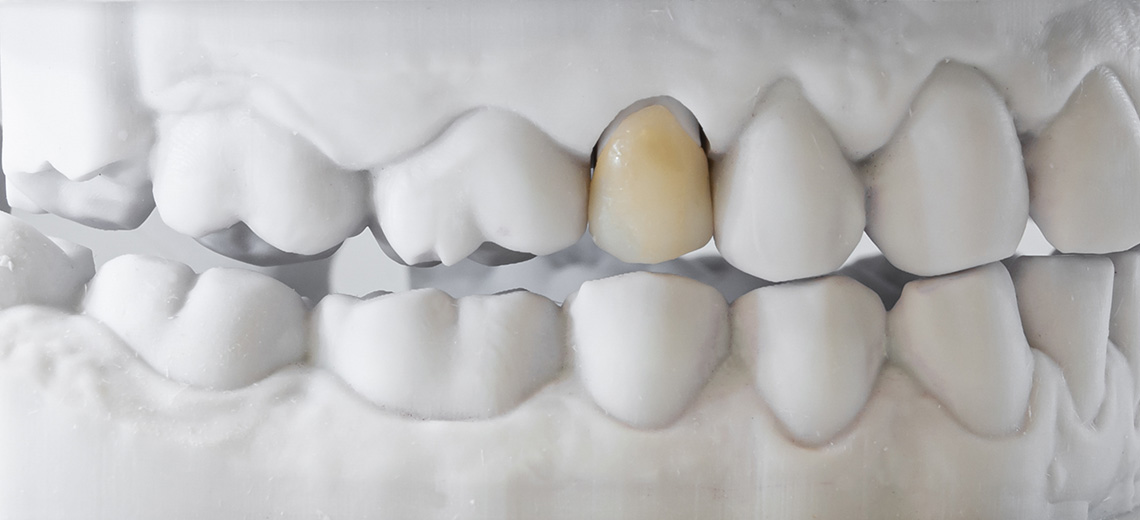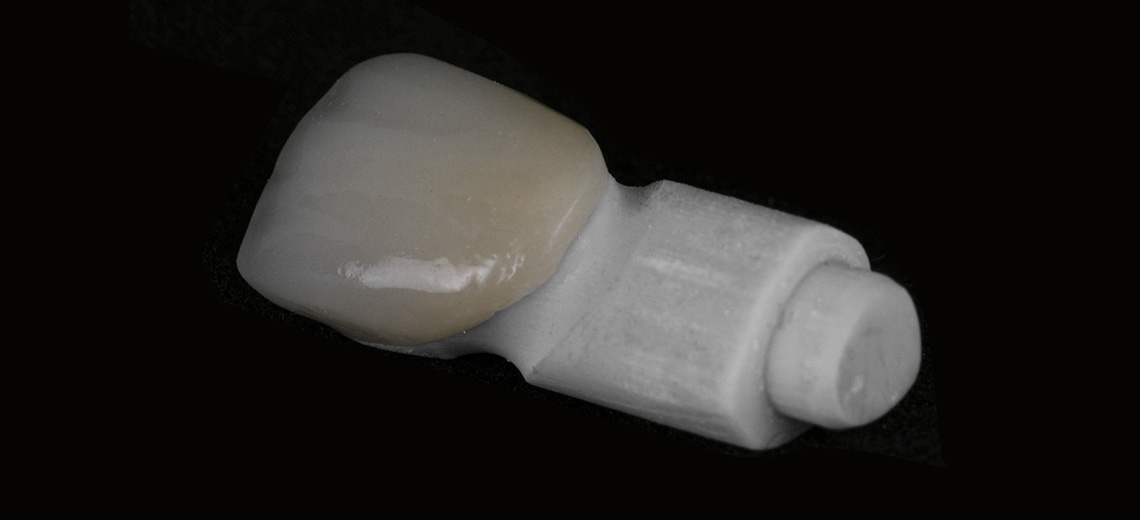Polyether ether ketone, known as PEEK, is a semi-crystalline thermoplastic polymer well known in the manufacturing industry for its mechanical properties.
In recent years, it has been a particularly popular material in the additive manufacturing sector. Primarily used in the aerospace, medical and automotive industries, PEEK is resistant to heat and wear and can replace some metals due to its weight-to-strength ratio. PEEK is a member of the PAEK (polyaryletherketone) family, known for its high thermomechanical properties. When considering the pyramid of the different polymers in the sector, PEEK is at the top of the pyramid, in the category of high-performance polymers. It first entered the market in the late 1970s and quickly adopted by industries such as aeronautics or electronics, thanks to its proven performance.
It has a semi-crystalline polymer structure, so when it melts, its molecules arrange themselves under the effect of heat, creating a certain order until the material solidifies completely. This allows it to maintain its mechanical properties as the temperature increases. Although this semi-crystalline structure has many advantages, it should be noted that additive manufacturing involves a more complex printing process - it is a highly technical material that requires experience and the appropriate system. In the last few years, PEEK has attracted a great deal of interest from materials scientists and orthopedists. It is suitable for load-bearing implants due to its favorable biomechanical properties, radiolucency, MRI compatibility and chemical inertness.
This high-performance material has consequently aroused interest in the introduction to the medical sector. Various studies conducted with PEEK in the reconstruction of complex maxillofacial defects and calvarial defects have also shown excellent uncomplicated postoperative aesthetic and functional results. Hence, PEEK is a suitable biomaterial and alloplastic material appropriate for reconstructive and orthopedic surgeries. Because it is sterilizable, it can be used for numerous applications, including the production of bespoke implants.
In the dental field, thanks to its excellent mechanical properties, PEEK is proposed as an innovative material replacing metals that currently have a very wide application, especially in the construction of reinforcement substructures.
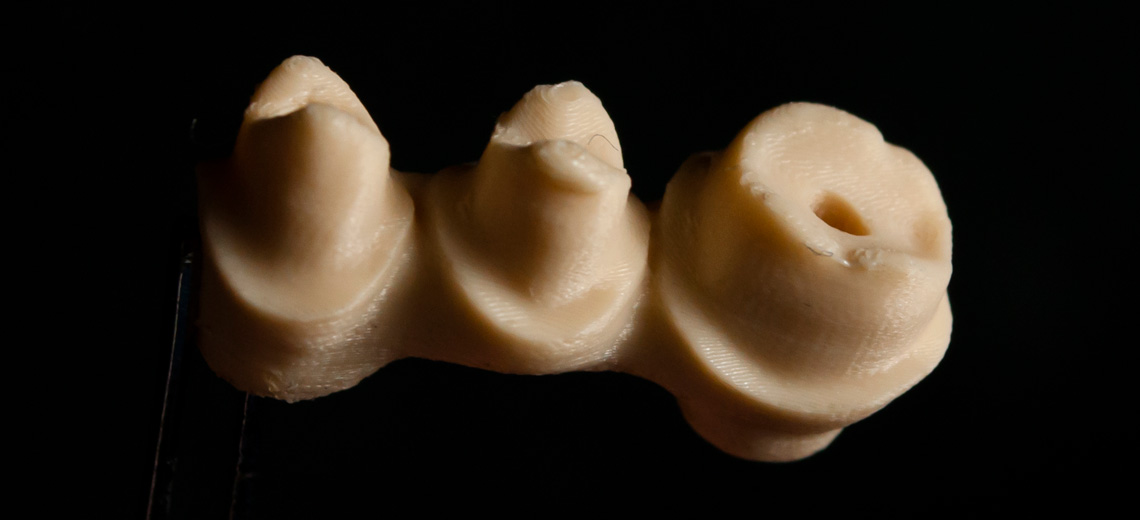
The need to find a replacement material is linked to the expensive and time-consuming production processes regarding metals and from this point of view PEEK offers the possibility of having a support material for prosthetic restorations, thanks to its mechanical properties very similar to those of the bone. In the use of this technopolymer, there are also numerous advantages related to aesthetics. After processing, PEEK comes in a yellow/beige color, a chroma which has a much relevance to the dental one. Indeed, this certainly favors better integration of the material with fewer steps and treatments, which make it aesthetically acceptable.
In the state of the art in the dental field, in recent years PEEK has found increasingly wide application with traditional subtractive production methods, with the use of computerized numerical control (CNC) machines. This technique usually starts with a block of PEEK material that is slowly molded in the final part, which however involves a considerable waste of material, a not negligible machine stress and considerable wear of the cutters, as well as quite long milling times. In addition, further post-processing work is required after manufacture. This technique therefore takes time and results in a considerable production of waste which results in much higher costs than AM.
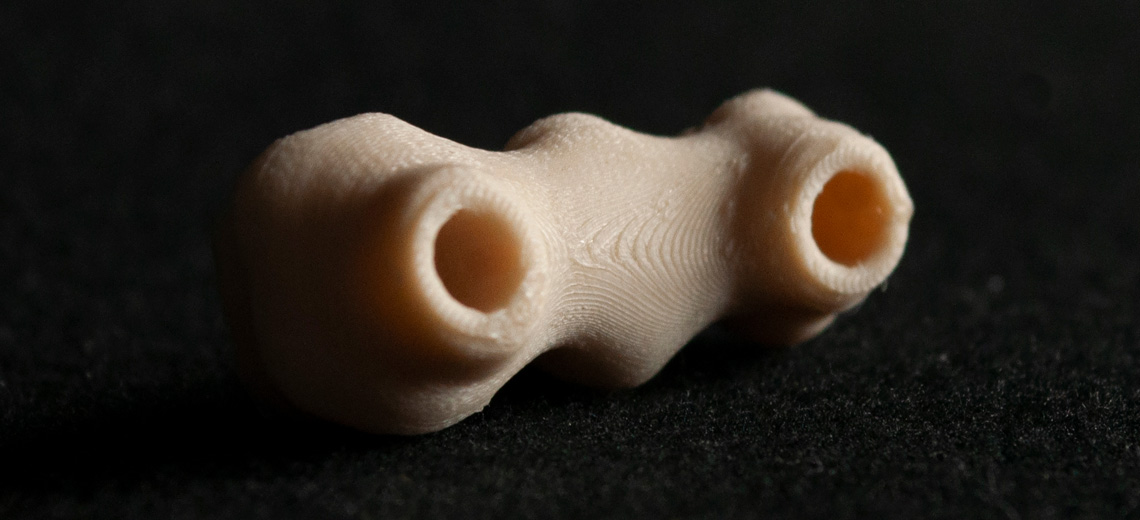
Fused Filament Fabrication (FFF) technology, being a low-cost technique with a short start-up time, offers a great advantage over other manufacturing techniques. Since rheology and heat transfer characteristics are two important properties of FFF thermoplastics, the interaction between cooling rate and material flow behavior must be completely moderate in this technique to create parts with an appreciable high dimensional accuracy.
Our study is aimed at the realization of dental substructures with additive manufacturing. We designed a small substructure with dedicated software with geometries for bonding links that would ensure screwing with the fixture and a reduction to an abutment in the upper part, allowing the operator to cover the support substructure with aesthetic material.
Despite there are PEEK Medical Grade filaments, at the moment there are not so many printers on the market capable of extruding this innovative material. Furthermore, there is no type of certified protocol illustrating its production processes and providing guidelines, one of the fundamental prerequisites for this material, in order for it to come into contact with the body.
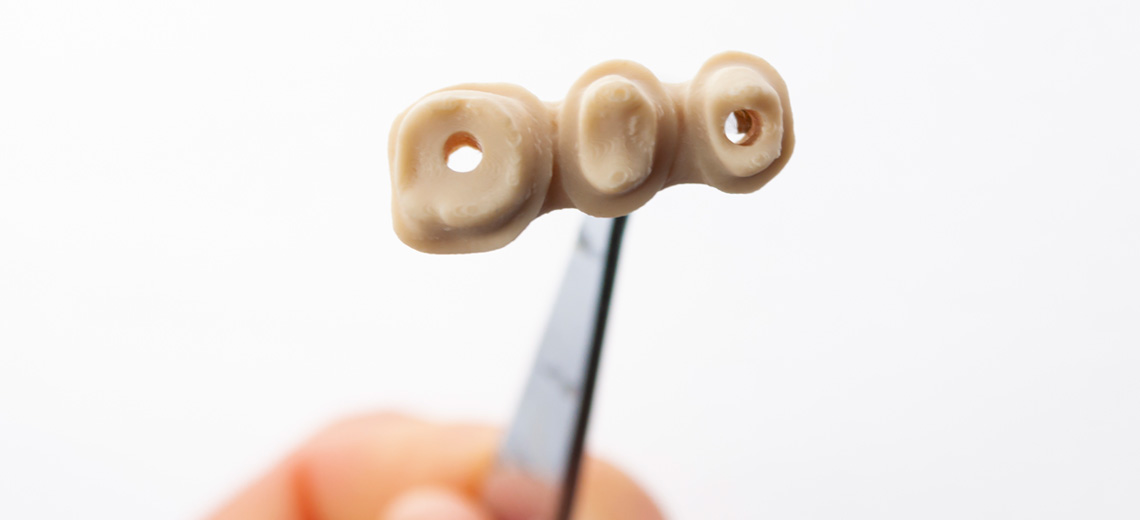
The primary difficulty in which we encounter in additive manufacturing lies in reaching a high extrusion temperature quantifiable around 390-450 °C which is maintained both at the tip of the extruder and inside the entire chamber for printing, totally an indispensable requirement. As previously mentioned, this is due to its physical properties, making it a demanding challenge.
From a dimensional point of view, the printing of PEEK for this application requires a precision of 50 microns at least, which is a far enough value to be satisfied for the few machines dedicated to printing this material, but we are already working in this direction.
In addition to the ideas on the means to develop this new application, we continue the R&D of additive solutions for all the technopolymers of the PAEK family (including PEKK, in never-ending discovery) which are being proposed as valid alternatives in many sectors (from the defense market to the automotive), demonstrating excellent applicability performance.
Contact us to find out more.



